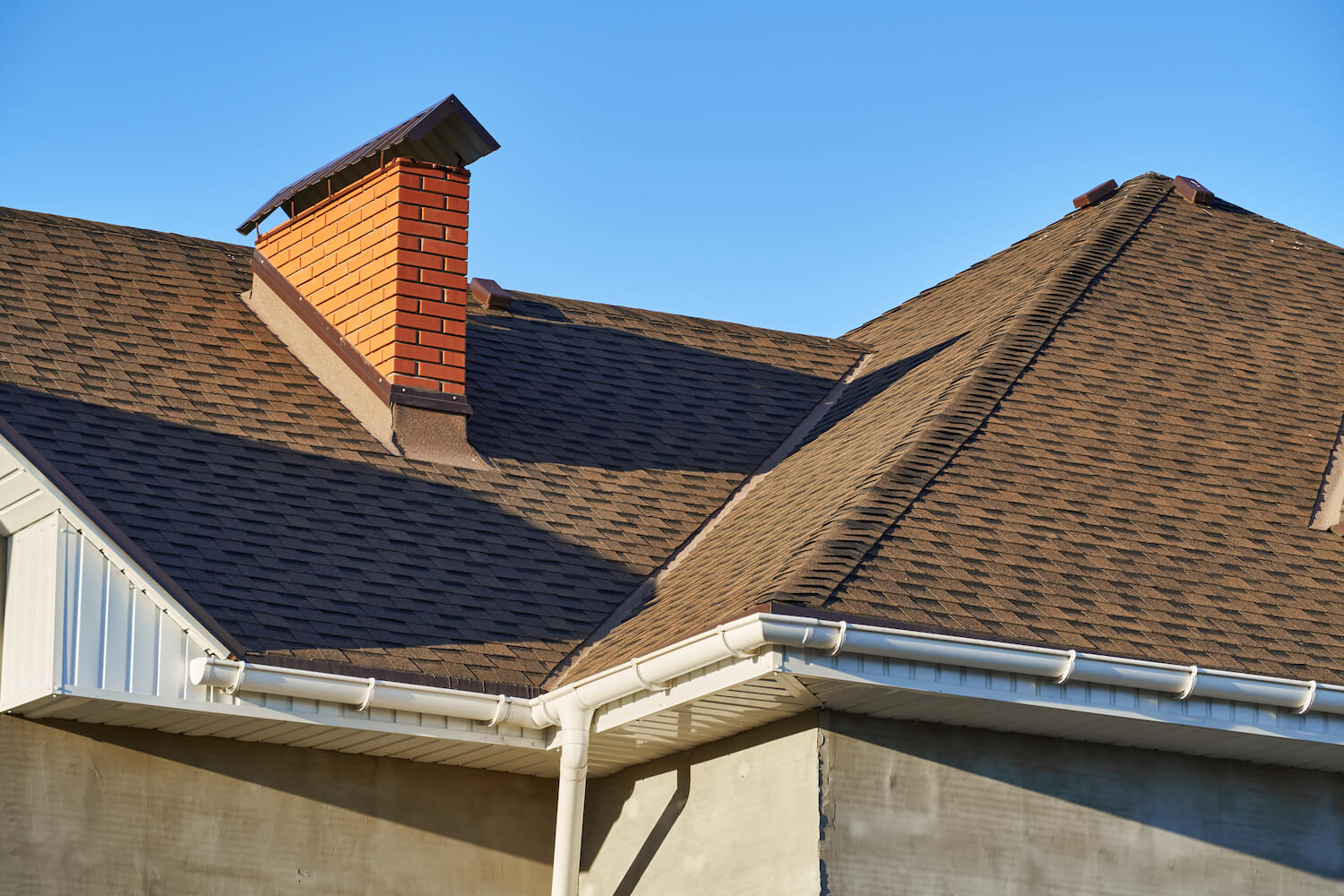When I first hired a roofer Los Angeles professional after a gnarly winter storm tore off some shingles, I thought I was in for a one-time repair.
I quickly learned that maintaining your roof in L.A. is more of a marathon than a sprint.
Between hot summers, unexpected rains, and occasional Santa Ana winds, the roof takes more of a beating than most people realize.
If you live anywhere near Echo Park, Silver Lake, or even in the Valley, you’ve probably seen roofs showing wear far earlier than expected.
Click here to learn more about finding a reliable roofer Los Angeles who can help you avoid costly mistakes.
Let’s break down real, tried-and-tested ways to make your roof last longer—no fluff, just stuff that works.

Get Your Roof Inspected—Before Something Goes Wrong
A neighbor in West Hollywood learned this the hard way.
A small leak became a living room disaster when rain soaked through insulation and drywall.
The fix?
The lesson?
A simple inspection could’ve saved all of it.
Don’t wait for signs like sagging or dripping.
Get ahead of the problem.
Seasonal checkups are a game changer—especially after the rainy season or a heatwave.
Most professional roofers offer free or low-cost inspections.
And trust me, spotting cracked tiles early beats having to redo the entire deck.
Keep the Gutters Clean (Yes, It Matters)
I once climbed up a ladder in Pasadena after noticing water spilling over the sides of my gutters.
Turns out they were packed with leaves from nearby jacaranda trees.
The stagnant water had started to seep under the roofline, and mold was creeping in.
If your drainage is blocked, your roof is holding water longer than it should.
That leads to rot, leaks, and a whole mess you don’t want.
Cleaning out your gutters every few months can literally extend your roof’s life by years.
Even better—install guards or covers to keep debris out in the first place.
Replace Broken or Loose Shingles ASAP
Los Angeles winds can lift shingles without you even noticing.
I once found one in my backyard the morning after a storm.
It’s easy to brush that off—but don’t.
One missing shingle is like a gateway for water damage.
Next thing you know, you’ve got a warped underlayment and damp insulation.
If you see anything loose, have a local pro replace it quickly.
Don’t DIY unless you know what you’re doing—footing on a sloped roof is risky, and shingle placement matters more than you think.
Watch Out for UV Damage (Yes, the Sun is a Problem)
People think rain is the biggest threat, but L.A. sunshine is deceptively destructive.
Your roof bakes in UV rays nearly 365 days a year.
That dries out the material, causes fading, and breaks down protective layers.
You wouldn’t skip sunscreen—don’t skip roof coating either.
Ask about UV-reflective coatings or shingles with heat-resistant tech.
They reduce damage and also lower your cooling bill.
That’s a win for your wallet and your roof.
Trim Nearby Trees to Prevent Hidden Hazards
In Los Feliz, a friend had branches constantly tapping her roof during wind gusts.
It sounded harmless—until one fell and cracked a row of tiles.
Even small limbs scraping shingles can wear them down over time.
Plus, overhanging trees drop leaves that clog gutters or trap moisture.
Trim branches so they stay at least six feet away.
If you’re unsure which ones are risky, call an arborist and your roofer to check together.
Invest in Proper Roof Ventilation
Ventilation sounds like a technical thing, but it’s really simple.
Roofs need to breathe.
Without it, heat builds up, and moisture collects inside your attic.
That combo warps wood, invites mold, and shortens roof lifespan.
A family in Studio City had to redo their roof only 8 years in because of poor airflow.
A quick fix?
Install ridge vents or attic fans.
They reduce heat stress and keep your roofing system balanced.
Use the Right Materials for Your Area
L.A. isn’t just one weather zone.
The coast is humid.
The valley is dry and hot.
Downtown deals with smog and pollution.
That means what works in Santa Monica may not last in Northridge.
If you’re replacing your roof or doing repairs, ask your contractor about climate-appropriate materials.
For example, metal roofs reflect heat and work well inland.
Clay tiles are durable in coastal areas.
Composite shingles are versatile but may degrade faster under intense sun.
Don’t Skip Small Repairs—They Turn Big Fast
If there’s one golden rule, it’s this: fix now, save later.
A minor leak can lead to structural damage if ignored.
Loose flashing can cause mold in ceiling corners.
A cracked vent boot can wreck insulation.
Too often, people wait until the damage spreads.
Be proactive.
If something looks off—call it out and get a roofer in.
Final Thoughts: Treat Your Roof Like You Treat Your Car
You wouldn’t drive 100,000 miles without an oil change.
Your roof deserves the same routine care.
Inspections, cleanings, minor fixes—they add up to extra years of protection.
And in L.A., where the weather is unpredictable and homes are pricey, every extra year counts.
Whether you’re in a cozy bungalow in Highland Park or a modern build in Culver City, the key to a long-lasting roof is giving it attention before it screams for it.
Take care of your roof and it’ll take care of your home.






